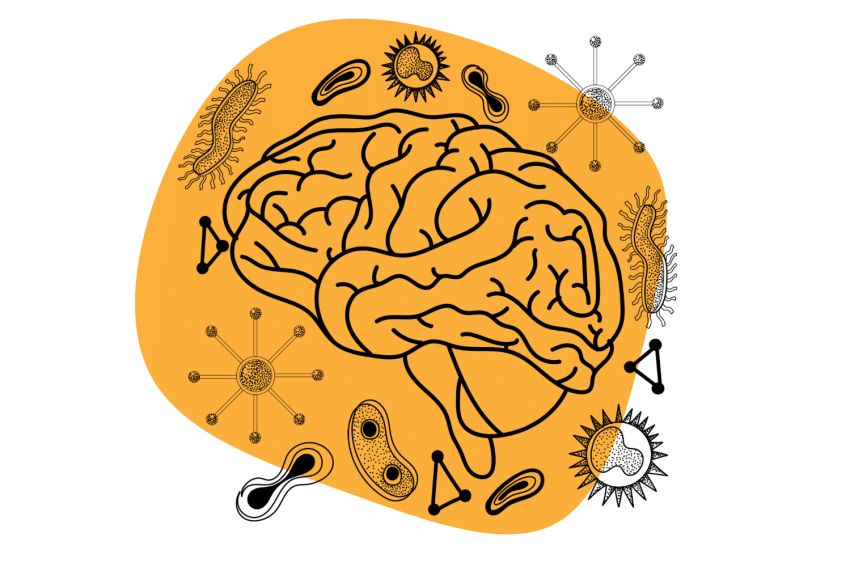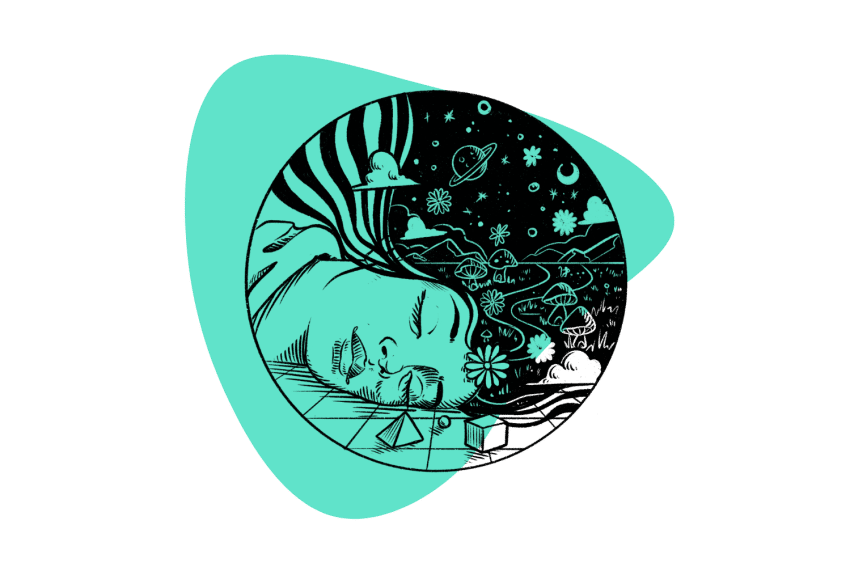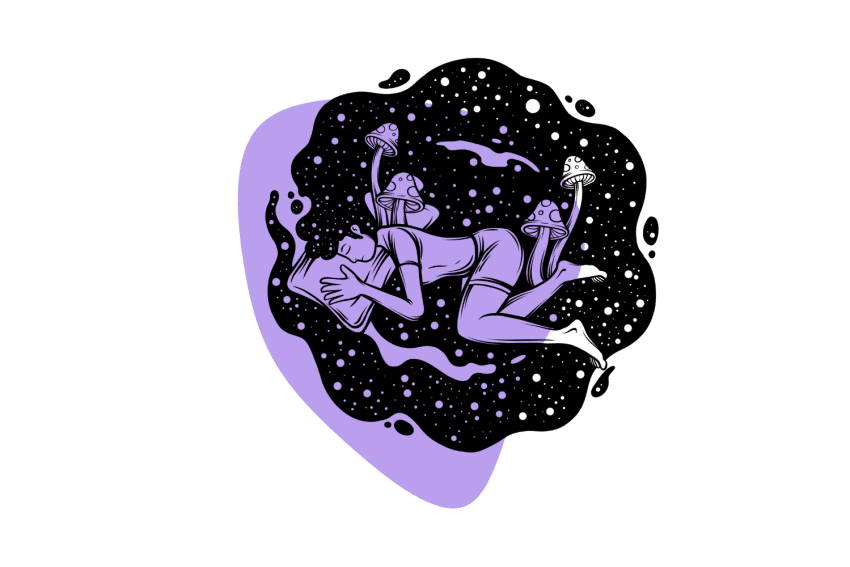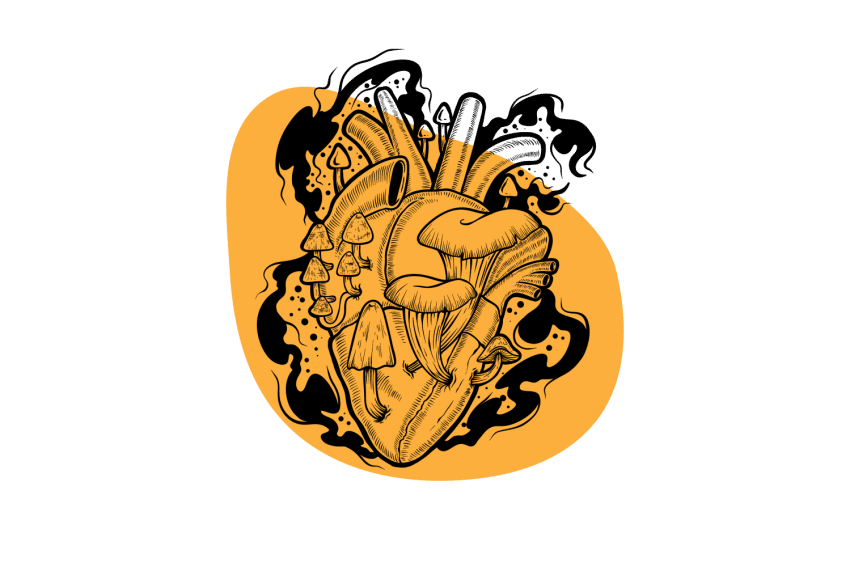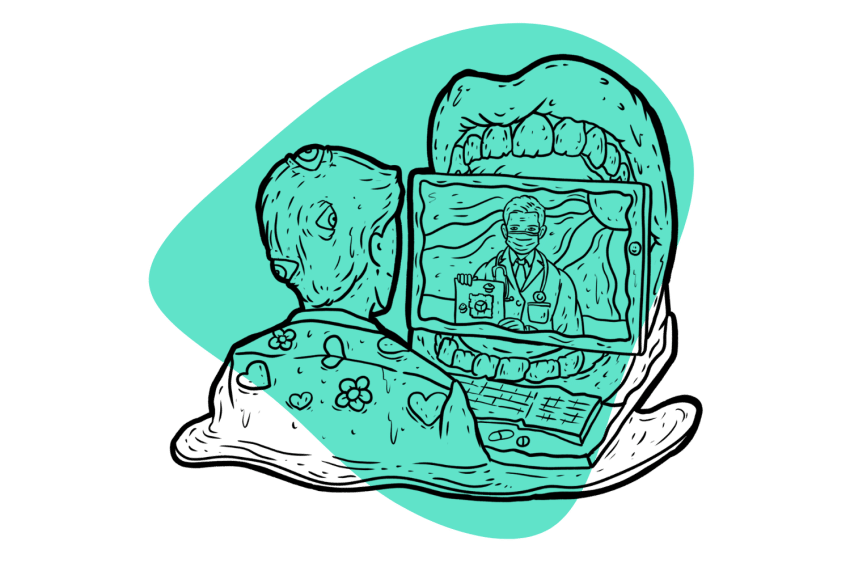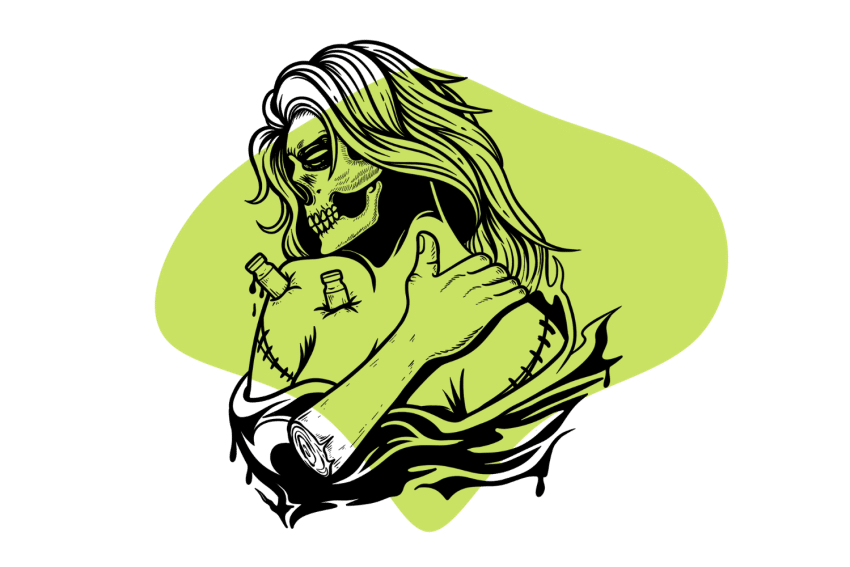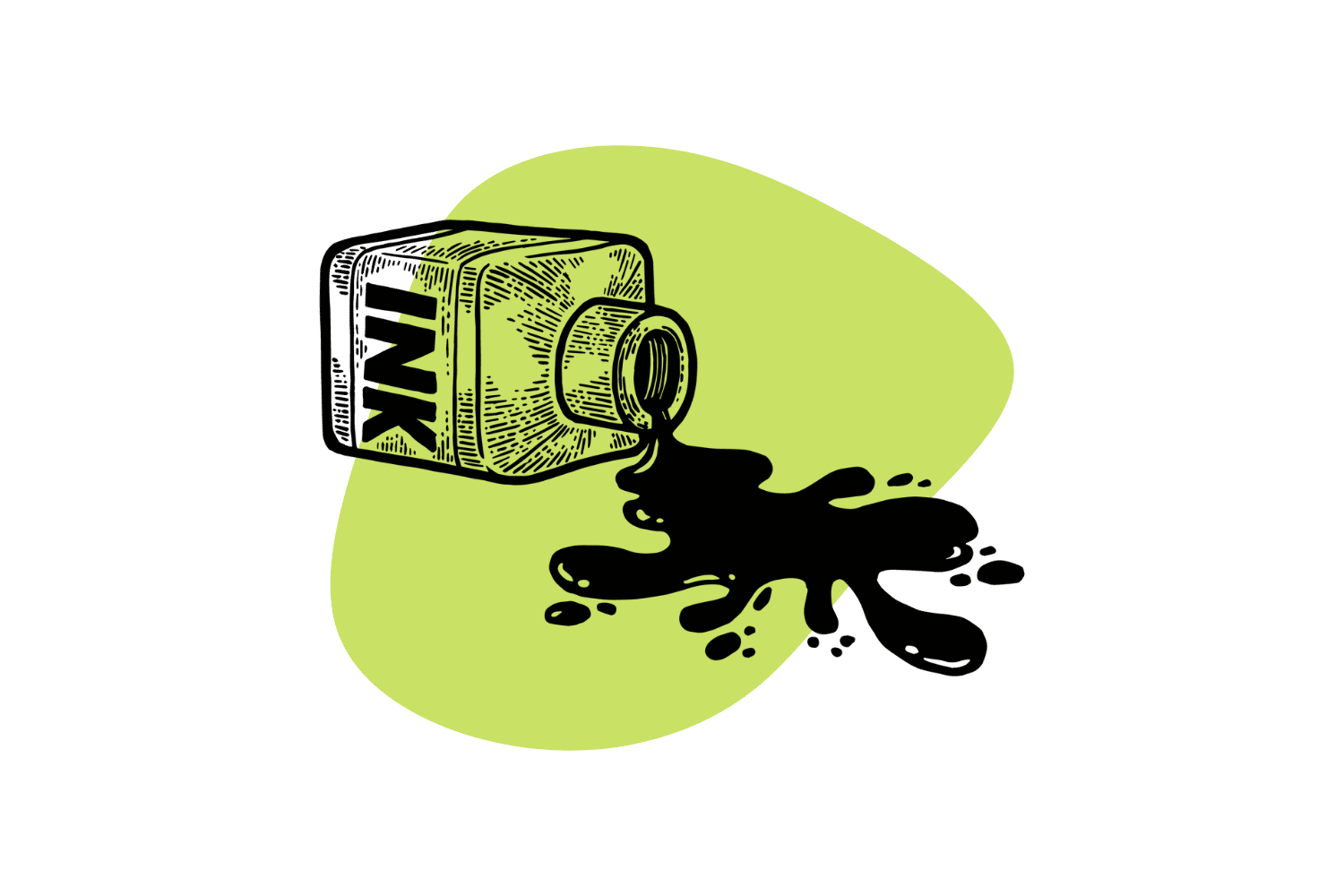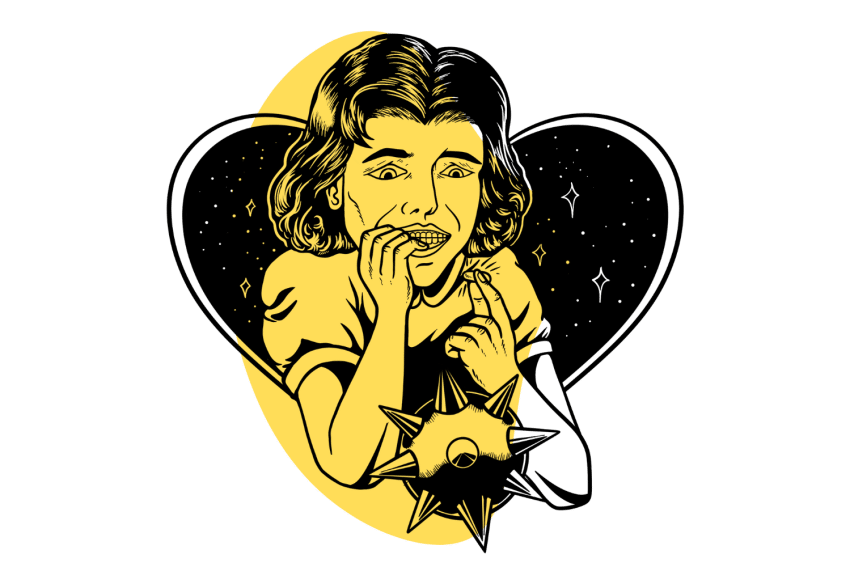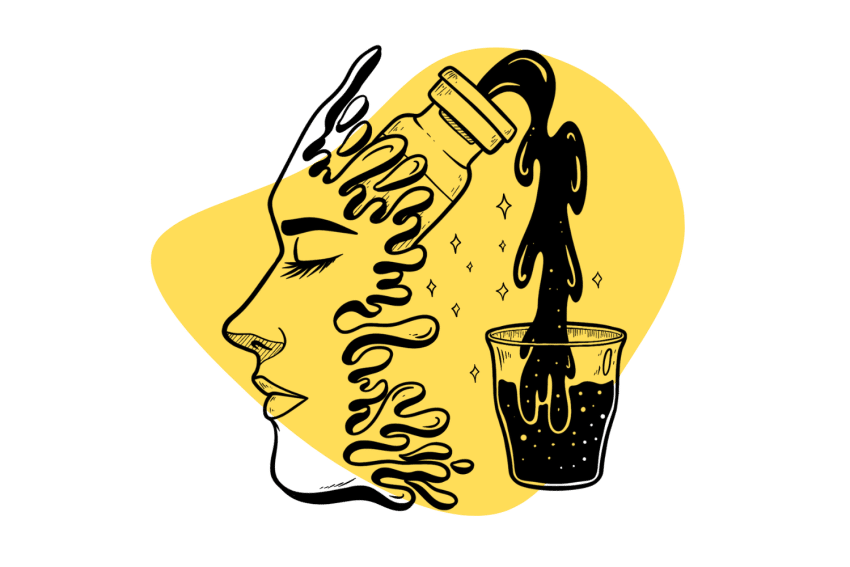The Placebo Effect: How Our Bodies Make Our Expectations A Reality
One of the most amazing things about our bodies is their ability to create a real effect from non-active medication. This is called “the placebo effect.”
Placebo control methods — presenting non-active compounds to participants to contrast the one they’re studying — are a big element of scientific research. Placebo effects are the real ways our body rises to meet our expectations from these fake drugs.
In other words, the placebo effect doesn’t mean nothing happens; it means nothing should happen. Our expectations and ability to produce chemicals within the body mean participants who receive a placebo often still report benefits.
Measuring the effects of these benefits is still a critical part of scientific research with significant implications.
In this article, we’ll discuss how this happens using the following tools:
- The Endocannabinoid System — Endogenous cannabinoids capable of altering any number of systems in the name of homeostasis.
- Opiate Receptors — Opioids our body creates on its own, which can increase production when people expect similar experiences.
- Hormonal Influences — Serotonin and dopamine are the most important of these and can cause elevations in mood and well-being.
Let’s break these down more and discuss their implications for the scientific community.
What is the Placebo Effect: How the Mind Treats Itself
The placebo effect occurs when someone’s condition improves after receiving a treatment devoid of any therapeutic properties, driven solely by their belief in its efficacy. It refers to the impact the mind has when it expects a drug is going to work or not work.
Placebos are used in medical trials to rule out effects from drugs that are produced by the mind, which is expecting healing to occur. Researchers want to know that the drug itself is the cause of healing, not the expectations behind taking it.
As one survey put it, “placebo effects are not just about dummy pills: the effects of symbols and clinician interaction can dramatically enhance the effectiveness of pharmaceuticals [1].” To illustrate this, Drs. Ted Kaptchuk and Franklin Miller point to a study with patients suffering from migraines.
The 2014 study took patients with episodic migraines and gave them envelopes labeled either “placebo” or “Maxalt” — Maxalt being a verified treatment for this. Researchers mixed the pills inside and alternated between labeling correctly and mislabeling them.
The purpose of this was to keep track of how the labels may alter the effectiveness of both the medication and a placebo. If people expect a placebo to be the correct medication or, conversely, believe their medication to be a placebo, how significant is the effect?
The findings were astounding: “Although Maxalt was superior to placebo under each type of information, we were surprised the efficacy of Maxalt mislabeled as placebo was not significantly better than the efficacy of placebo mislabeled as Maxalt [2].”
Negative consequences of labeling an active drug as an inactive one were seemingly equal to the positive results of doing the opposite. While active drugs will consistently outperform placebo, this points to the importance of knowledge and understanding.
If someone knows what they’re getting into with treatment and they have a firm belief in how it will help, it’s likely to be far more effective.
Why Are Placebos Effective?
Complex interminglings of different systems within the body produce endogenous chemicals to create the effect we’re expecting to receive. Elements of this relate to the endocannabinoid system, endogenous opioids, and hormones like dopamine and serotonin systems.
Here’s more information on each of these and how they contribute to the overall placebo effect:
The Endocannabinoid System & the Placebo Effect
Within nearly every living animal exits an endogenous system responsible for creating and receiving cannabinoids. Some research suggests the same mechanisms by which cannabis can assist with pain; endogenous cannabinoids may establish effects from a placebo [3].
We may think of pain as a straightforward condition, but it’s far from it. As the research mentioned above points out:
Modulation of [how we perceive pain] occurs at multiple stages along pain processing pathways. For example, pain modulation can be achieved by a reduction of receptor potentials in the periphery, within the spinal cord, or in cortical regions that evaluate the meaning and context surrounding nociceptive signals.
When considering how to moderate, reduce, or eliminate pain, we must first understand the difference. A big part of what we feel as “pain” comes from how our mind registers, fixate on, and continues to experience it.
Shifting the user’s mindset around pain is also thought to be a big part of the reason THC helps deal with pain [4]. THC has little pharmacological analgesic (pain reduction) or anti-inflammatory power.
Subjectively, the uplifting experience can shift the user’s mindset around the pain they feel. It is this same mechanism by which the placebo effect is likely active in the endocannabinoid system.
Related: What Is the Endocannabinoid System?
Endogenous Opioids & the Placebo Effect
Though people most often consider medications when they think of opioids, we also have several our body makes on its own. Some research suggests the expectation of a drug to help with pain can result in us producing more endogenous opioids, potentially aiding in the placebo effect [5].
Unlike THC, these chemicals have the power to reduce, regulate, and eliminate pain. Still, our endogenous neurotransmitters are less potent — compare a runner’s high from the endocannabinoid anandamide with a weed high from THC, for example.
Hormonal Influences & the Placebo Effect
Neurotransmitters aren’t the only things responsible for the placebo effect. Hormones like serotonin, dopamine, and others also play a role [6]. Calling back to the mindset shift of endo- and phyto- (plant-based) cannabinoids, our mood plays a bigger part in our experience than we might think.
The above report links to studies where both negative and positive placebo effects found roots in hormonal influence. Hormones like dopamine and serotonin have complex functionality capable of leading to major changes within the body and mood.
What’s the Implication of the Placebo Effect?
The fact placebos work points to the dramatic effect of empathetic healing and psychological assistance. Research indicates that a positive mindset and belief in their treatment are as important as the treatment itself [2].
Implications from this fact can only be a resounding fortification of patient-client interactions and relationships.
Research takes into account the very real change a placebo can bring on, not simply the question of doing something vs. nothing. If the question were as simple as an intervention versus no intervention at all, our results wouldn’t be nearly as accurate.
Instead, we would report small benefits from nearly everything we were experimenting with — at least, as long as the participants knew what to expect. A placebo is a measure of anticipation, not an absence of measurement altogether.
Summary: The Placebo Effect & “Hacking” Our Own Body
Some elements of the placebo effect worthy of caution would revolve around something with a large amount of anecdotal evidence but no research. Large populations of the country may benefit from waking up and chewing an ice cube every day — they may even correctly state they experience mental and physiological benefits alongside doing so.
It likely will seem to work if they expect something and there’s even a little happiness, reduced anxiety, or improved focus.
This placebo effect may persist even when participants know the drug to be a placebo. We can’t make our bodies stop rising to the occasion on our behalf — something the average person should find incredible — though it may haunt researchers.
Understanding how the body can bolster the impact of inadequate treatment is crucial to finding effective ones. You can’t stop your body from releasing dopamine, but you can conduct a blinded study comparing it with only your expectations.
Or, if you’d prefer, keep riding the wave and benefit from your own mind — there’s no law against it.
References
- Kaptchuk, T. J., & Miller, F. G. (2015). Placebo effects in medicine. N Engl J Med, 373(1), 8-9.
- Kam-Hansen, S., Jakubowski, M., Kelley, J. M., Kirsch, I., Hoaglin, D. C., Kaptchuk, T. J., & Burstein, R. (2014). Labeling of medication and placebo alters the outcome of episodic migraine attacks. Science translational medicine, 6(218), 218ra5.
- Schafer, S. M., Geuter, S., & Wager, T. D. (2018). Mechanisms of placebo analgesia: a dual-process model informed by insights from cross-species comparisons. Progress in neurobiology, 160, 101-122.
- Hill, K. P., Palastro, M. D., Johnson, B., & Ditre, J. W. (2017). Cannabis and pain: a clinical review. Cannabis and cannabinoid research, 2(1), 96-104.
- Zubieta, J. K., Bueller, J. A., Jackson, L. R., Scott, D. J., Xu, Y., Koeppe, R. A., … & Stohler, C. S. (2005). Placebo effects mediated by endogenous opioid activity on μ-opioid receptors. Journal of Neuroscience, 25(34), 7754-7762.
- Wager, T. D., & Atlas, L. Y. (2015). The neuroscience of placebo effects: connecting context, learning, and health. Nature Reviews Neuroscience, 16(7), 403-418.

